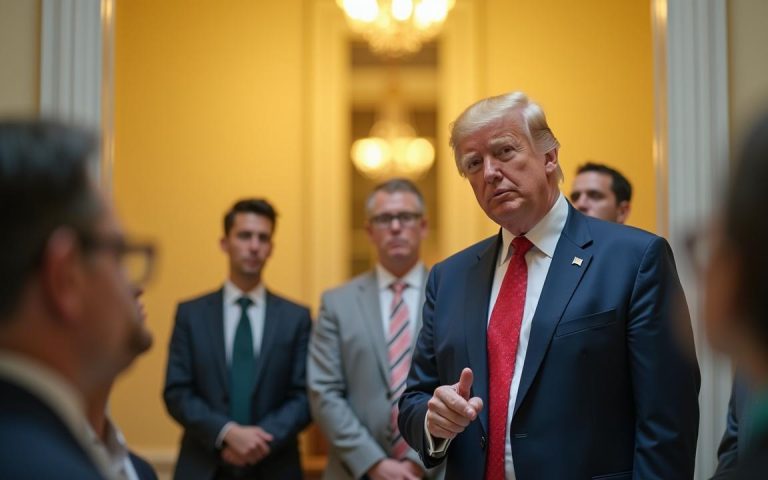A fortnight ago, investors were counting down the hours to President Trump’s announcement of ‘reciprocal tariffs’. Global stock indices, led by the US majors, were already exhibiting evidence of investor concern.
The Dow and the Russell 2000 (a less popular stock index, but an important indicator of the mood towards US mid-cap, domestically-focused corporations) had both peaked in November.
The S&P 500 and NASDAQ, which both contain a significant weighting towards the tech giants, hit their all-time highs in mid-February.
Since then, all the US majors sold off, taking them back below levels last seen just after Trump’s election victory on 5th November. They had a mild recovery in the latter half of March.
But it was evident that investors were becoming wary. The feeling was that tariffs could go either way. President Trump could announce a modest baseline tariff on those countries he believed were acting ‘unfairly’.
Or he could do something worse. In the end, he did something much, much worse.
Most tariffs went through a fairly rapid ‘process’ of being postponed, altered and retargeted. But given what has happened since, it looks as if the 10% baseline tariff across exports from the US’s trading partners is much more in line with what the markets were hoping for.
Although in the absence of a string of successful country-by-country negotiations, these could revert to the original reciprocal rates in three months’ time.
But one thing now looks certain, and that is that the Trump administration’s real target in all this brouhaha is China.
Add in the bellicose rhetoric and thin skins on both sides, and the tariff tiff has morphed into an all-out trade war. Investors are now trying to work out if this can be resolved, and if so, how long it could take.
Analysts have all come up with opposing theories over which side stands to be worst affected, and who is most likely to blink first. One argument goes that President Trump’s readiness to water down most tariffs is a sign of weakness. Maybe.
Although the fact that he ramped up China’s levies to 145% suggests not. It’s also said that China’s authoritarian regime is in a better position to accept hardships on its citizens in a way that Trump can’t.
But China’s economy is in a poor state, no matter what the data says, and its property implosion means that it can’t rely on its domestic market to replace its export market.
On the other hand, it looks as if the Trump administration may have panicked when US Treasuries went into meltdown. It could accept a sell-off in equities, but not a threat to the world’s ultimate safe-haven asset.
The yield on the 30-year yield had its biggest weekly jump since the 1980s, even as the US dollar was in freefall. It looked as if something had burst.
Was China to blame? It seems unlikely that they were wholly responsible for the bond market sell-off. It would largely be self-defeating given how much US government debt they own.
Also, such a move would push up the value of the yuan, which would only make life more difficult for Chinese exporters.
It seems more likely that the dislocation between the dollar and US Treasuries was largely due to massive deleveraging by hedge funds and the shadow banking system.
Markets were a touch calmer in the week leading up to Easter. But it doesn’t feel like the crisis has peaked yet.
The egos involved are just too big, and the stakes far too high. At some stage, this will be resolved. But risk markets look likely to suffer a lot more pain before things get back on a more even keel.
(David Morrison is a Senior Market Analyst at Trade Nation. Views are his own.)
The post Dangerous times appeared first on Invezz

